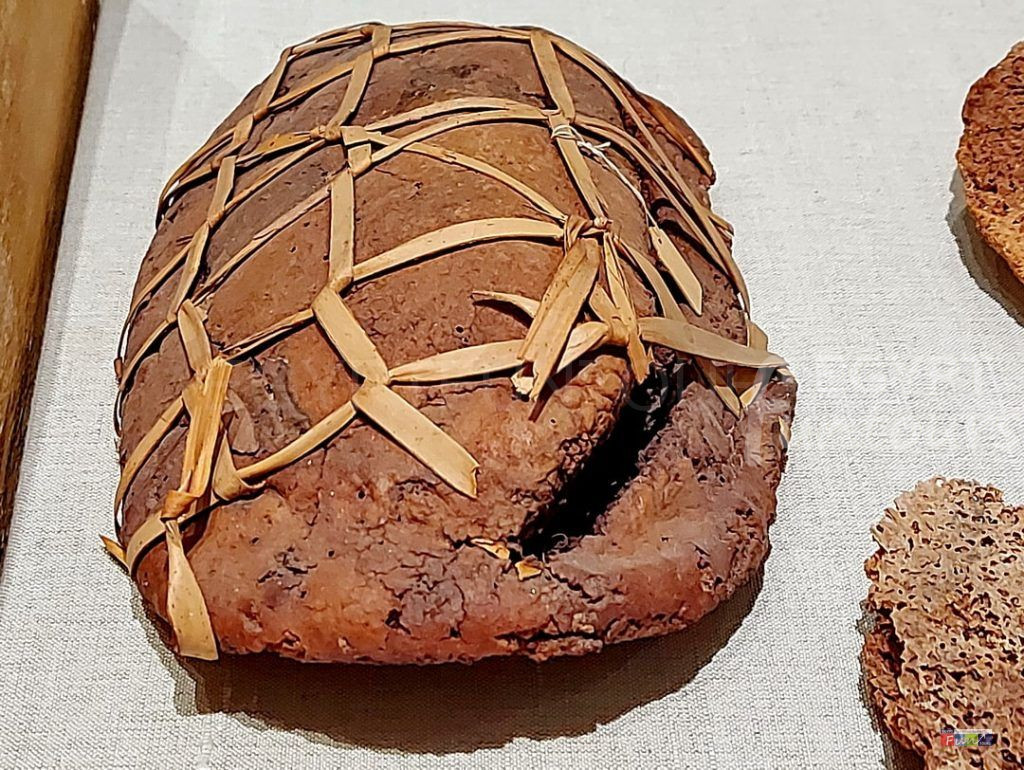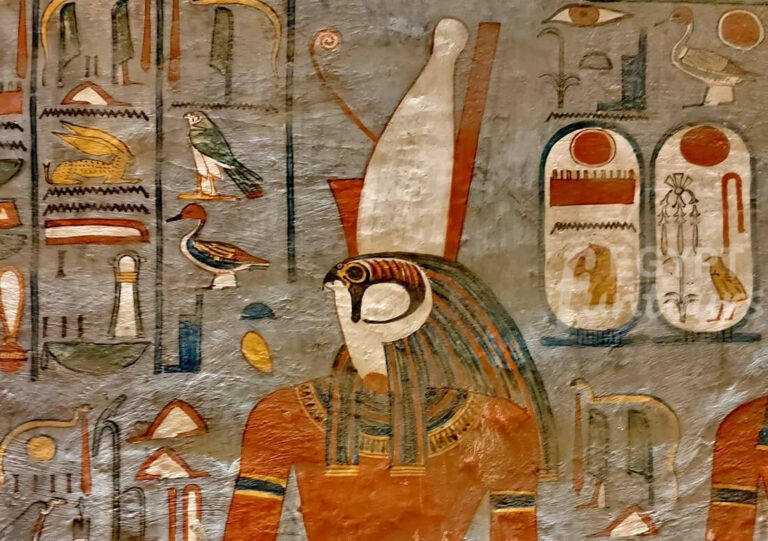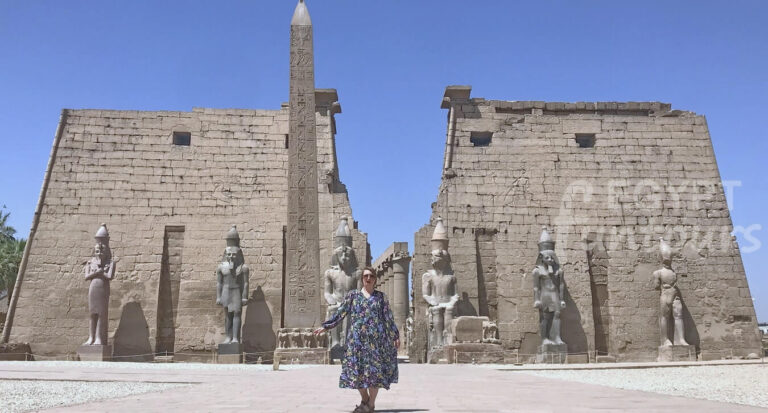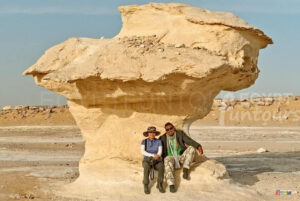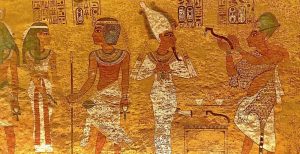Food in Ancient Egypt
The ancient Egyptians enjoyed a diverse and plentiful diet, a luxury made possible by the fertile lands surrounding the Nile River. This bountiful environment gave them an abundance of excellent ancient Egyptian food. The river provided a constant source of water for irrigating crops and raising livestock, allowing society to develop a sophisticated culinary culture and create magnificent recipes.
People of all social classes consumed bread and beer, which were the two main staples of the ancient Egyptian diet. However, wealth greatly influenced the rest of their meals. For the general population, people supplemented their diet with fresh fruits, vegetables, and fish from the Nile. On the other hand, the wealthy enjoyed a wider variety of foods, including a steady supply of meat and fowl.
Unlike many other ancient societies where food was less nutritious, ancient Egypt had an incredibly healthy cuisine. It is often credited with contributing to thousands of years of general prosperity and fertility.


